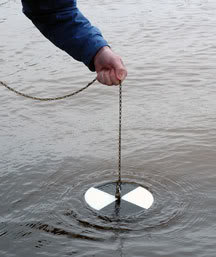
Introduction
On the 21st June 2016, the physical, chemical and biological components of the Fal estuary were investigated aboard the RV Bill Conway. The weather was 7 mph wind, cloudy as we departed with slight precipitation during the day. High water was at 5:41 UTC (4.8m), low water at 12:07 (0.8m) and second high water at 17:56 (5.0m). A summary table of conditions can be found in Fig. 1.
Aims
To analyse the physical, biological and chemical changes throughout stations along the Fal Estuary.
Objectives
To investigate zooplankton and phytoplankton diversity along the Fal estuary. To investigate salinity, temperature, fluorometry, transmission, chlorophyll, oxygen saturation and nutrient variations along the Fal Estuary. To investigate flow at, and between stations along the Fal Estuary.
Methodology
Seven survey sites were sampled along the Fal estuary from upstream to the mouth at Pendennis Point (Fig. 2). At each site, an ADCP was deployed to measure flow velocity and back scatter, and a CTD was deployed to measure temperature, salinity, turbidity and flurometry. Six niskin bottles were attached to the rosette to sample water at selected locations in the water column. The water was later sampled for silicate, phosphate, nitrate, oxygen, chlorophyll, and the abundance of phytoplankton. Zooplankton was sampled at three sites using a 200um mesh net with a 52cm diameter. Seven ADCP transects were conducted between each sampling site to measure direction, strength of flow and total flushing time. A Secchi disk was deployed at each station to give an indication of turbidity. The water collected to measure oxygen was treated with Manganous Chloride and Alkaline Iodine. To measure chlorophyll, 50 ml of the water sample was passed through filters and preserved in acetone.
Fig. 1. Summary of factors from sample sites along the Fal Estuary on 21/06/2016
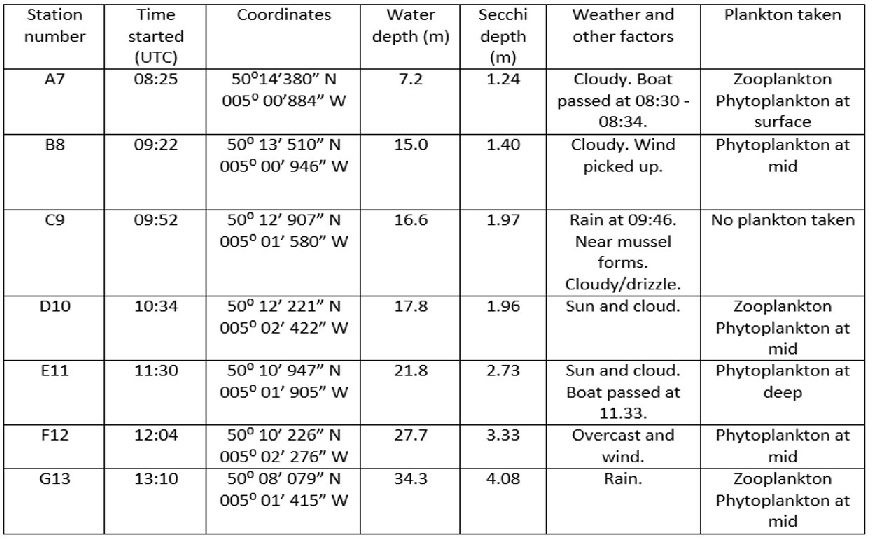
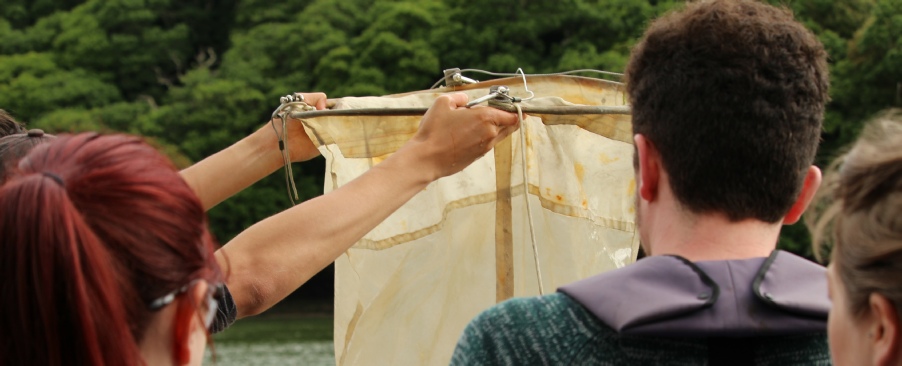
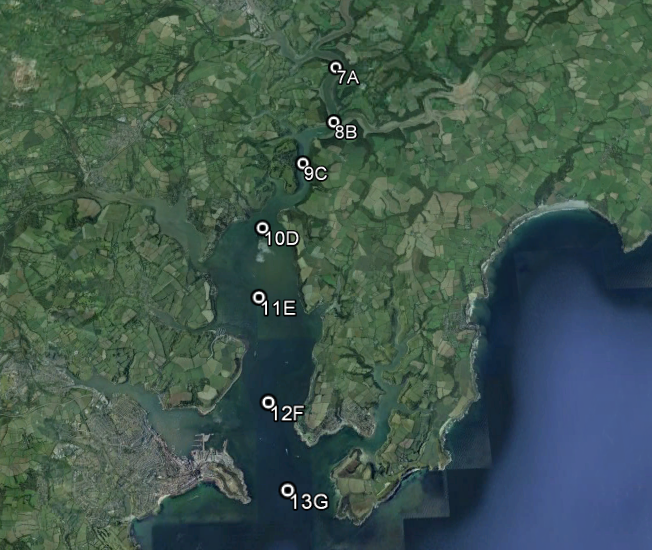
Time lapse on Bill Conway

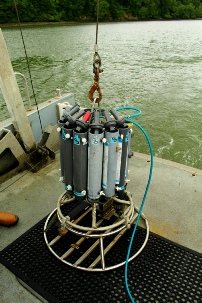
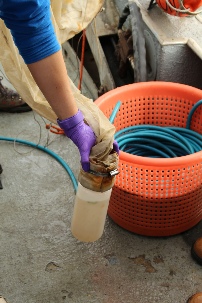
Equipment
Rosette
Manufactured by General Oceanic, model 1015. This is a special circular rack which
are very durable and incorporated an array of instruments such as Niskin bottles,
CTD, etc. It is lowered by the A-
CTD
Manufactured by Applied Macrosystem Limited (AML), S/N 4183. This instrument carries sensors which are used to determine the conductivity, temperature, and depth (pressure) of the ocean.
Fluorometer
Manufactured by Wetlab, S/N WS38-
Transsiometer
Manufactured by Sea Tech Inc., S/N T1015, Path length 50mm. This instrument projects
a laser in-
Plankton Net
Mesh size 200 micrometer and diameter 52cm. The ultra-
Rosette with CTD, Fluorometer and Transmitometer
Plankton Net
Secchi Disk
Fig. 2. Map of sampling locations along the Fal Estuary
on the 21/06/2016
